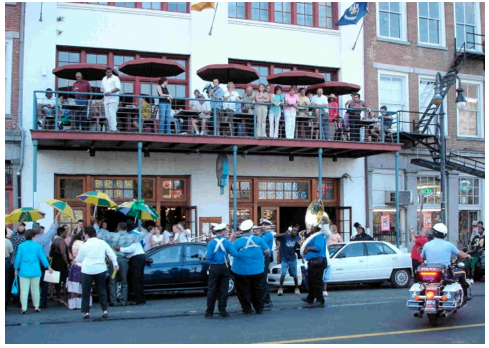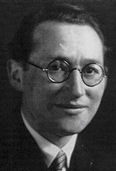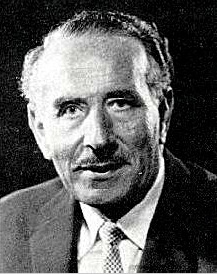De dynamiek binnen en tussen groepen
Kurt Lewin is bedenker van de term ‘groepsdynamiek’. De eerste keer dat hij deze term gebruikte was in zijn 1939 artikel “Field Theory and experiment in social Psychology”. Wat bijvoorbeeld wordt bevestigd door Marvin Weisbord (1987, p.83) en later ook door Dent en Goldberg (1999, p.33).
De term groepsdynamiek is door Lewin uiterst zorgvuldig gekozen. Een van zijn eerste phd studenten, latere biograaf en vriend Alfred Marrow (1957, p.50) citeert in zijn boek “Making Management Human”, Dorwin Cartwright – directeur van het in de nadagen van Lewins leven opgerichte Research Center for Group Dynamics, aan die volgende uitspraak gedaan zou hebben over groepsdynamiek… ‘dynamics comes from a Greek word meaning force. In careful usage of the phrase, “group dynamics refers to the forces operating in groups. The investigation of group dynamics then consists of a study of these forces: what gives rise to them, what conditions modify them, what consequences they have’.
In 1945 in het artikel “The research center for group dynamics at Massachusetts Institute of Technology” schrijft Lewin(p.130): “the conditions of group life and the forces which bring about change or which resist change should be investigated. The term ‘dynamics’ refers to these forces . Volgens Weisbord (1987, p.80) heeft Lewin aan dit idee gewerkt als onderdeel van zijn field theorie – wat later ook bekend is geworden als de krachtenveldtheorie: “He believed that some difference in these forces – “a weakening of the barriers or a strengthening of the driving forces” – was required to produce the unfreezing that began a change. For the resulting change to become permanent after moving to a new level, refreezing is required to freeze at the higher level. He held that it was more effective to weaken the barriers than to strengthen the drivers.

In 1947 werd postuum Lewin’s artikel “Frontiers in group dynamics” gepubliceerd. Daarin staat op p. 13 te lezen: “Change and constancy are relative concepts; group life is never without change, merely differences in the amount and type of change exist. Even verderop in de paragraaf getiteld: “Constancy and Resistance to Change”, schrijft hij dat “Only by relating the actual degree of constancy to the strength of forces toward or away from the present state of affairs can one speak of degrees of resistance or ‘stability’ of group life in a given respect. En op de pagina daarna (p.14) schrijft hij dat “the practical task of social management, as well as the scientific task of understanding the dynamics of group life, requires insight into the desire for and resistance to, specific change (p. 14).
Alfred Marrow (1957, p.66) haalt opnieuw Cartwright aan wanneer hij schrijft dat voor het management geldt dat lid worden van de groep misschien wel de beste manier is om “dynamic change te realiseren. Hij schrijft letterlijk: “the changes required by the welfare of the business become everybody’s business and get made.
Voor Lewin was weerstand tegen verandering iets dat inherent is aan het werken in groepen. In feite stelt hij ook dat weerstand niet relevant is. Het gaatom de dynamiek in een groep – en groepsdynamiek is een systemisch fenomeen dat samenhangt met het geheel aan attitudes, normen, waarden, vaardigheden, kennis en sociale perceptie van de aanwezigen groepsleden.
Kurt Lewin (1890-1947)
Alfred Marrow



